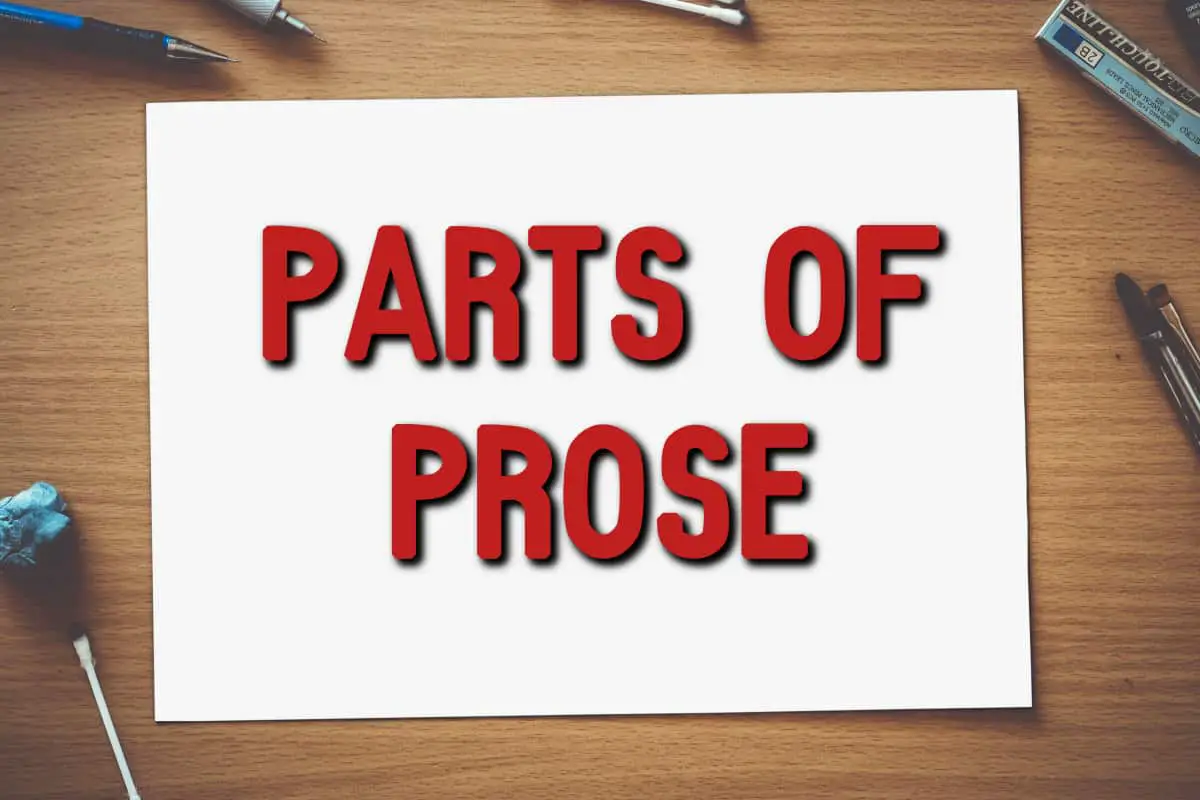There are various ways of thinking about prose.
- Paragraphs, sentences, words, letters, morphemes. Useful in linguistics; not especially helpful when editing fiction.
- Acts, scenes, beats. Useful for screenwriters, maybe. (Not everyone thinks in terms of acts, ie. three act structure. Every screenwriting guru carves universal structure differently, usually between 5 and 8 compulsory steps.)
What about fiction writers, crafting stories for ‘print’ (and eReaders)? Here’s how Rennie Browne and Dave King break it down in their book Self-editing For Fiction Writers, which is excellent:
Let’s start with scenes then ignore that screenwriting term, ‘beat’. (‘Beat’ is a confusing word — it can mean a segment of drama which is smaller than a scene or it can mean a noticeable stretch of silence.) Any scene from a work of fiction can be divided further into:
- ACTION – stuff happens
- NARRATIVE – the narrator says stuff happens. “Tells”
- DIALOGUE – stuff inside the speech marks. “Shows”
An author must decide how much of each kind to include in each scene. There are pluses and minuses with each decision:
- Too much ACTION loses the reader because character development is sacrificed. Also, fight scenes and whatnot are actually really boring to read. What works on screen probably doesn’t work as well on page, and vice versa.
- Too much NARRATIVE slows the pace and gets boring.
- Too much DIALOGUE makes the thing sound more like a script than a story and fails to engage.
PROSE AND GENRE
Different genres demand different balances. Modern young adult novels, for example, have a much higher proportion of dialogue than those published 100 years ago (before YA was a thing, tbf). Literary or experimental fiction can get away with little or no dialogue, which may be appropriate for that particular story.
GENERAL TIPS AND FURTHER OBFUSCATIONS
- When opening a story, some writers decide to start with a snippet of dialogue to plunge the reader right into ‘the action’. But this is usually confusing. It’s like a stranger yelling fire in a cinema. It can feel like a cheap trick.
- In the beginning you’ll probably want to be establishing the main character, in which case let us hear them speak pretty early on.
- There are representation issues that can be fixed/broken with dialogue — in the editing process make sure you haven’t given all the dialogue to the white guys, and while you’re there, make sure you haven’t written all the girls giggling at the boys’ jokes. Even if your marginalised characters are described heavily in narrative summary, and on the page take up as much space as characters from the dominant cultural group, that won’t cut it. Readers will notice if you don’t let underrepresented characters speak, inside speech marks. It feels like a form of symbolic annihilation, and comes on the back of a long history of silencing.
- ‘Action’ is an easily misunderstood word. We’re not just talking about car chases and fight scenes here. To channel Kurt Vonnegut, ‘action’ may be a section of prose in which a character gets up for a glass of water.
- Not all ‘-logue’ happens between two characters, and it doesn’t always appear inside speech marks. This is known as ‘free indirect speech’. Free indirect speech is the bacterium of writing world. Er, maybe I should explain. Bacteria are like a cross between animals and plants and have their own unique cell structure. Likewise, free indirect speech is like a cross between dialogue and narration. It’s sort of what the character is saying (to themselves, probably), but it’s not presented inside speech marks. The narrator zooms right into the character’s head. A really adept writer will do this without the reader noticing, and you could say it further breaks up the prose into another, fourth category. If you find a narrative heavy piece of writing which reads really well, take a look and see if the author has broken ‘narration’ down into ‘deep third person’ (camera away from head) and ‘free indirect speech’ (camera inside head).
- Stream of Consciousness vs Interior Monologue (Stream of consciousness is what we called ‘free indirect speech’ in the 19th and 20th centuries.)
FURTHER LISTENING
For an informative podcast on weaving narrative and dialogue, listen to Paula B at The Writing Show — no longer producing new episodes but the archive is a great resource.

